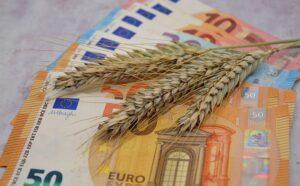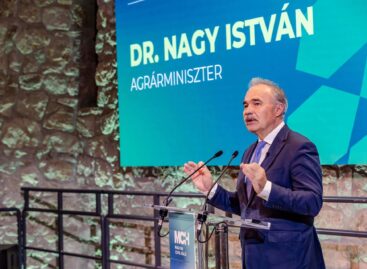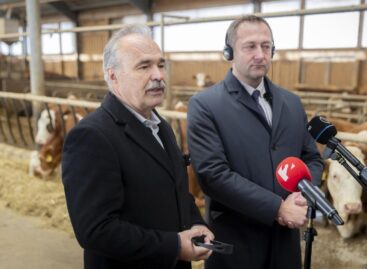The amount of national subsidies has more than doubled
The budget for agricultural and rural development subsidies for 2025 is approximately HUF 1,504.7 billion, of which HUF 602.3 billion was used from domestic and EU funds in the first half of the year.

After two transition years, the Common Agricultural Policy (CAP) for the period 2023–2027 entered into force on January 1, 2023, while the closure of the 2014–2020 cycle is also underway. In the 2023–2027 cycle, most previous subsidies and calls for proposals have been retained with minor or major changes, but greater emphasis is placed on meeting green expectations, generational change, and supporting small and medium-sized enterprises. In addition to fulfilling the payment obligations undertaken in previous years and burdening the year 2025, the disbursement of CAP Strategic Plan Pillar I and II subsidies, which had already partially begun in 2023 and 2024, continued in 2025.
51.1 percent of producer subsidies, HUF 307.9 billion, were disbursed to farmers for rural development and fisheries measures in the first six months of the year
Within this, HUF 168.1 billion was paid from the Rural Development Programme and HUF 137.0 billion from the CAP Strategic Plan resources in the reporting year. Disbursements began in the second quarter of 2025 within the framework of the Hungarian Fisheries Operational Programme Plus, and farmers received HUF 2.8 billion. Direct subsidies to producers accounted for 38.3 percent of payments, with farmers receiving 230.6 billion forints between January 1 and June 30 of the current year.
Beneficiaries were able to use 55.0 billion forints of national subsidies financed from the domestic budget, which is 9.1 percent of all agricultural subsidies.
Measures aimed at regulating the market were allocated 8.8 billion forints, most of which covered programs operating with additional national support. Compared to the same period of the previous year, the amount of national subsidies more than doubled, and farmers received 27.8 percent more market and other support. The amount of direct producer subsidies was roughly the same as a year earlier, while the amount spent on rural development and fisheries measures was 6.2 percent less.
MTI
Related news
István Nagy: Hungarian agriculture will be Europe’s top by 2030
🎧 Hallgasd a cikket: Lejátszás Szünet Folytatás Leállítás Nyelv: Auto…
Read more >István Nagy: the future belongs to family farms
🎧 Hallgasd a cikket: Lejátszás Szünet Folytatás Leállítás Nyelv: Auto…
Read more >Péter Szijjártó: Hungary launches another four billion forint agricultural support program in Bosnia and Herzegovina
🎧 Hallgasd a cikket: Lejátszás Szünet Folytatás Leállítás Nyelv: Auto…
Read more >Related news
THE LATEST ISSUE OF TRADE MAGAZINE HAS BEEN PUBLISHED!
🎧 Hallgasd a cikket: Lejátszás Szünet Folytatás Leállítás Nyelv: Auto…
Read more >Even though half of Hungarians are stressed about Christmas gifts, we don’t compromise on quality
🎧 Hallgasd a cikket: Lejátszás Szünet Folytatás Leállítás Nyelv: Auto…
Read more >In addition to the wallet, values also matter – this is how Hungarians’ shopping is changing
🎧 Hallgasd a cikket: Lejátszás Szünet Folytatás Leállítás Nyelv: Auto…
Read more >






